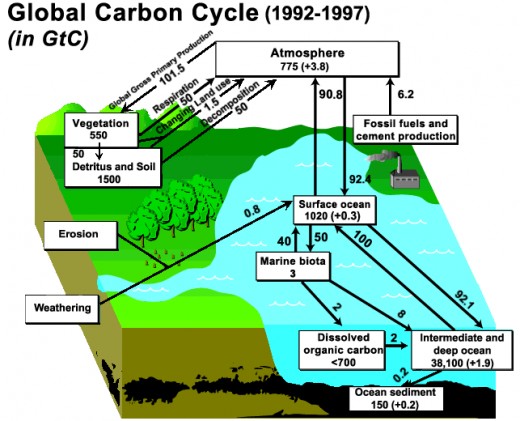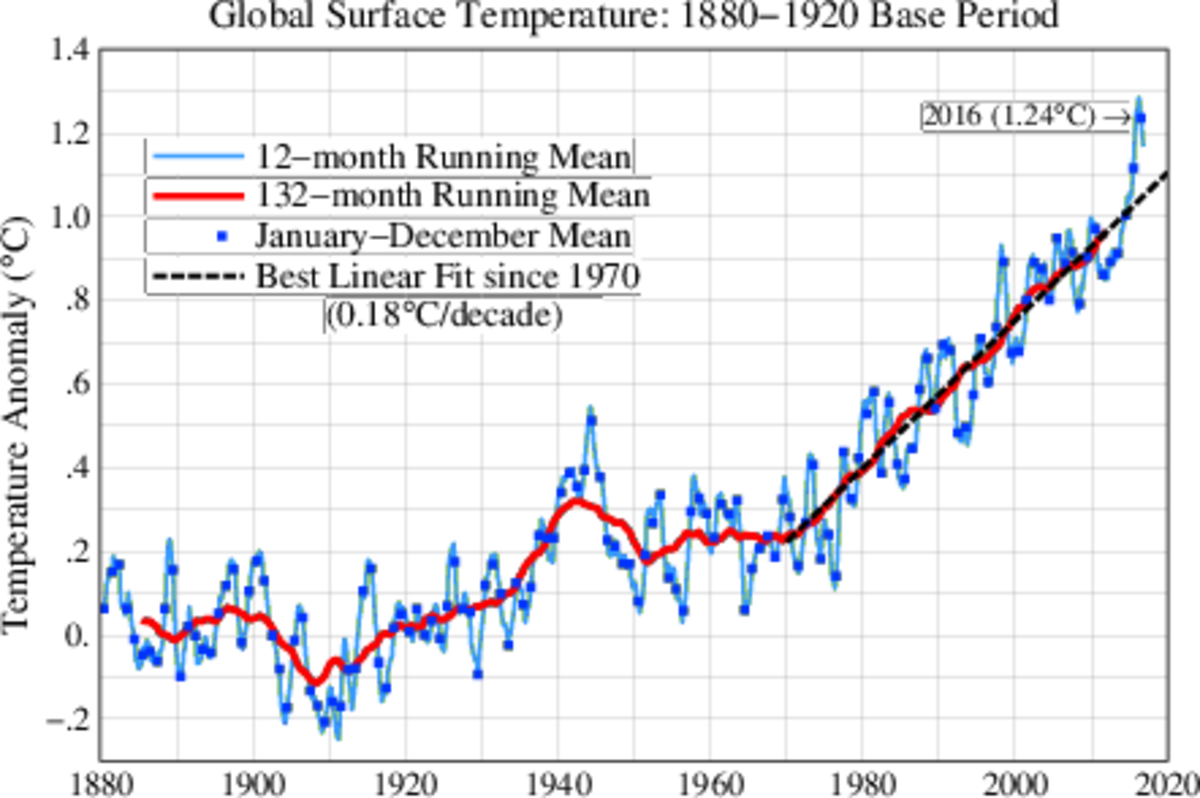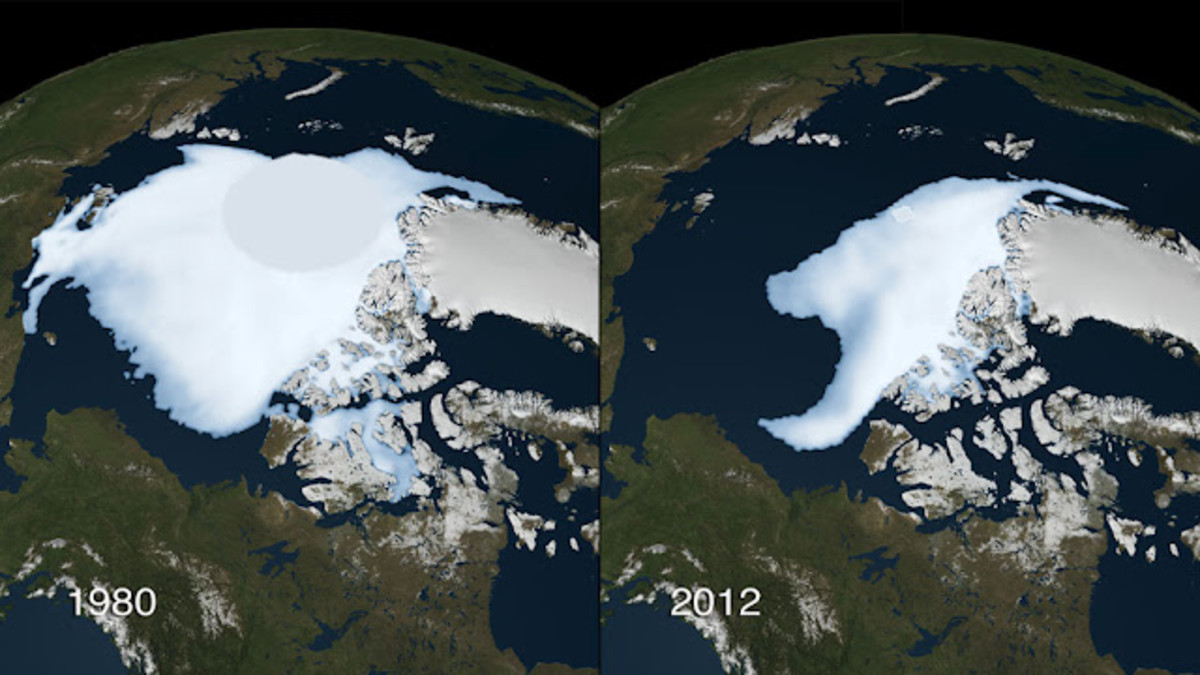Managing the Carbon Cycle to Curb Climate Change

Climate change is a significant issue that has polarized scientists and politicians for decades. Most people would agree that humans clearly have had an impact on the global climate. What people tend to disagree about, however, is the amount of ‘damage’ that we have caused to the atmosphere due to industrialization, mining, and other environmentally detrimental activities. There are numerous studies available that offer evidence supporting differing degrees of severity. Regardless of the severity, it is clear that the main issue of climate change is related to (Carbon Dioxide) CO2 emissions. If we as humans can develop a way to manage the carbon cycle (or at least the parts that we impact), it may be possible to thereby manage climate change.
It is also good to note that things like the nitrogen cycle, aquatic life, the hydrologic cycle, and planetary temperatures are directly affected by the carbon cycle. These, like most things in life, are inter-connected. Changes in the carbon cycle may affect the atmosphere which then affects the hydrologic cycle and so on and so forth. This is why carbon cycle management can be a solution to climate change.

What is the Carbon Cycle?
The carbon cycle is a process that has been happening since the beginning of life on earth. First, plants absorb carbon dioxide gas from the atmosphere. During photosynthesis this carbon dioxide is broken down into carbon and oxygen. This process continues until the plant dies or gets eaten. Their carbon is either returned to the soil and eventually converted into more plants or to fossil fuels, or it is used as energy by animals. The animals use the plant energy and produce more carbon dioxide gas during respiration. This gas then reenters the atmosphere. When humans eventually discover the fossil fuels, we burn most of it for energy. The burning of fossil fuels produces CO2 gas. At this point the cycle, the gas will re-enter the atmosphere where only some of it is re-absorbed by plants. We can also choose to sequester some of the gas into deep underground reservoirs.
Human Impacts
Humans have the power to affect every part of the carbon cycle. We can choose to destroy or create plants; we can choose to burn more or less fossil fuels. We can choose how much, if any, carbon dioxide we want to sequester back into the ground. The decisions we make, the products we buy, and the cars we drive all have a profound effect on the carbon cycle. Managing our choices is precisely carbon cycle management.
There are many studies available that suggest that climate change would occur even without accounting for changes caused by humans. So why should we be concerned about the carbon cycle? The simple fact is that we do not know how much damage we are really causing. One of the problems with the studies is the lack of tangible and measurable data. Most of our detailed climate records only go back 100 to 200 years. In geologic terms, this is hardly a blink of an eye. However, we also know that the earth has had its share of ice ages and other global events. This evidence lies beneath our feet in the many layers (or strata) of soil. In the end our scientific prowess can only tell us so much. We should care about the carbon cycle because we know that climates can and do change (and not always for good) already on their own. And when it comes to managing our impacts, we should err on the safe side and consider the choices that we make.
What have you done to reduce your Carbon Footprint?
Carbon Cycle Management Tools
Attempting to curtail auto emissions, for example, is a much better solution to managing the carbon cycle than forcing everyone to give up their vehicles. There is already technology available that gives us the ability to control our emissions without really sacrificing too much. Other than controlling emissions, we have the ability and technology to capture carbon dioxide gas and pump it deep into underground storage aquifers. This management tool is called carbon sequestration and is one of the primary methods being looked at reduce our impact on the environment.
Another tool being studied is the use of rapid reforestation techniques to quickly grow new trees and plants in areas that have been decimated by fire and industry. Think of rapid reforestation like a carefully mixed set of ingredients designed to get plants established and growing faster than they would on their own. Science has greatly improved our ability to grow new forests.
An finally we should continue to search for alternatives to carbon based fuels and materials. Materials scientists are always concocting new advanced technologies. Perhaps one day an affordable and abundant material will be found that can replace the plastics that we Americans have come to love. Weaning ourselves from fossil fuels is another challenge that faces humanity.
These solutions can be used to directly influence the amount of carbon dioxide that gets released into the atmosphere. Ultimately, the goal of carbon cycle management would be to literally control our output and make it practically independent of the input (or just reducing our emissions to zero). For now this may be too simplistic to solve the problem of climate change, but we don’t really know for sure until we try it. The reality is, there is no foreseeable way to completely eliminate our carbon footprint at this time. As long as humans live on this planet, we will always have an impacts to mother nature's cycles.









